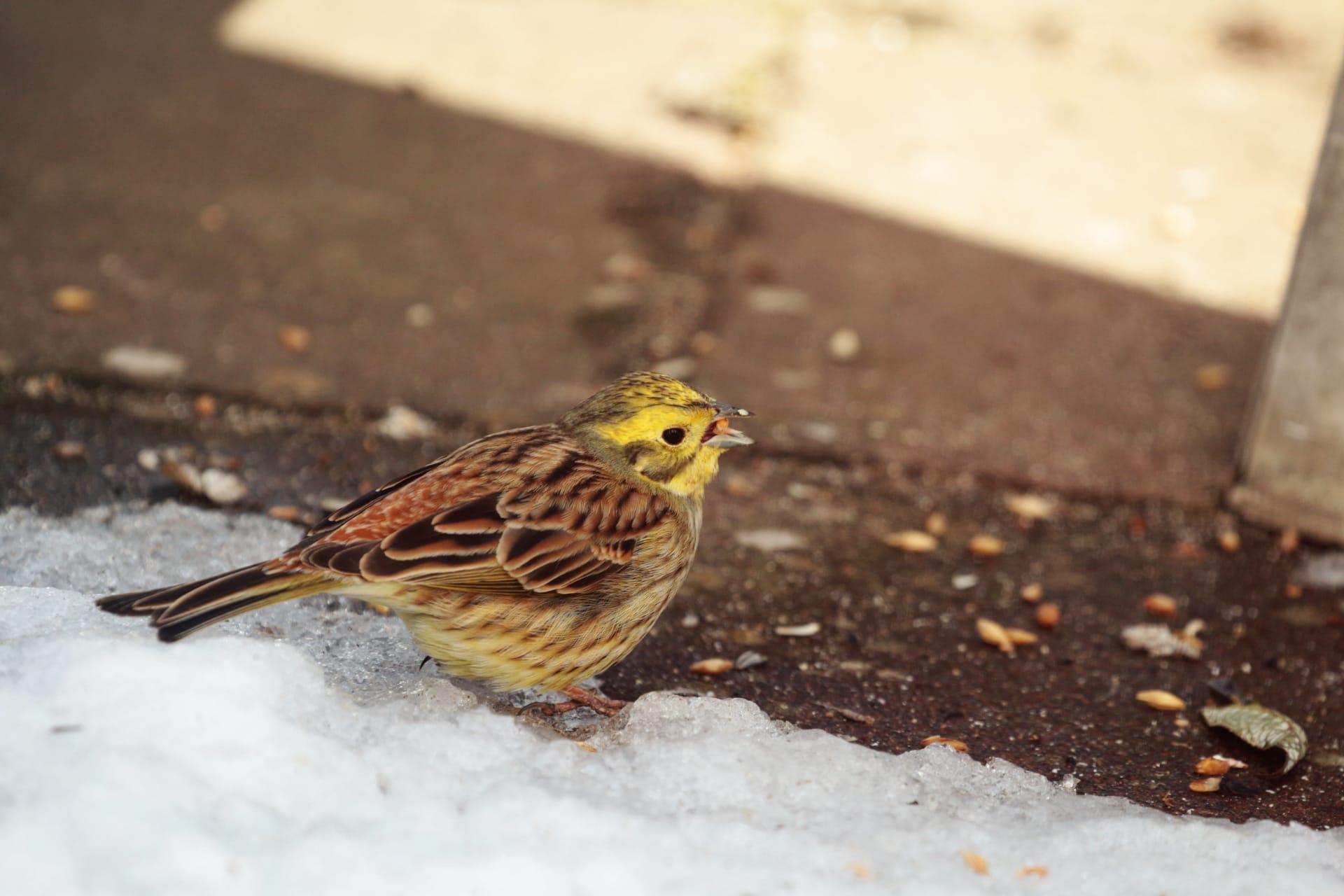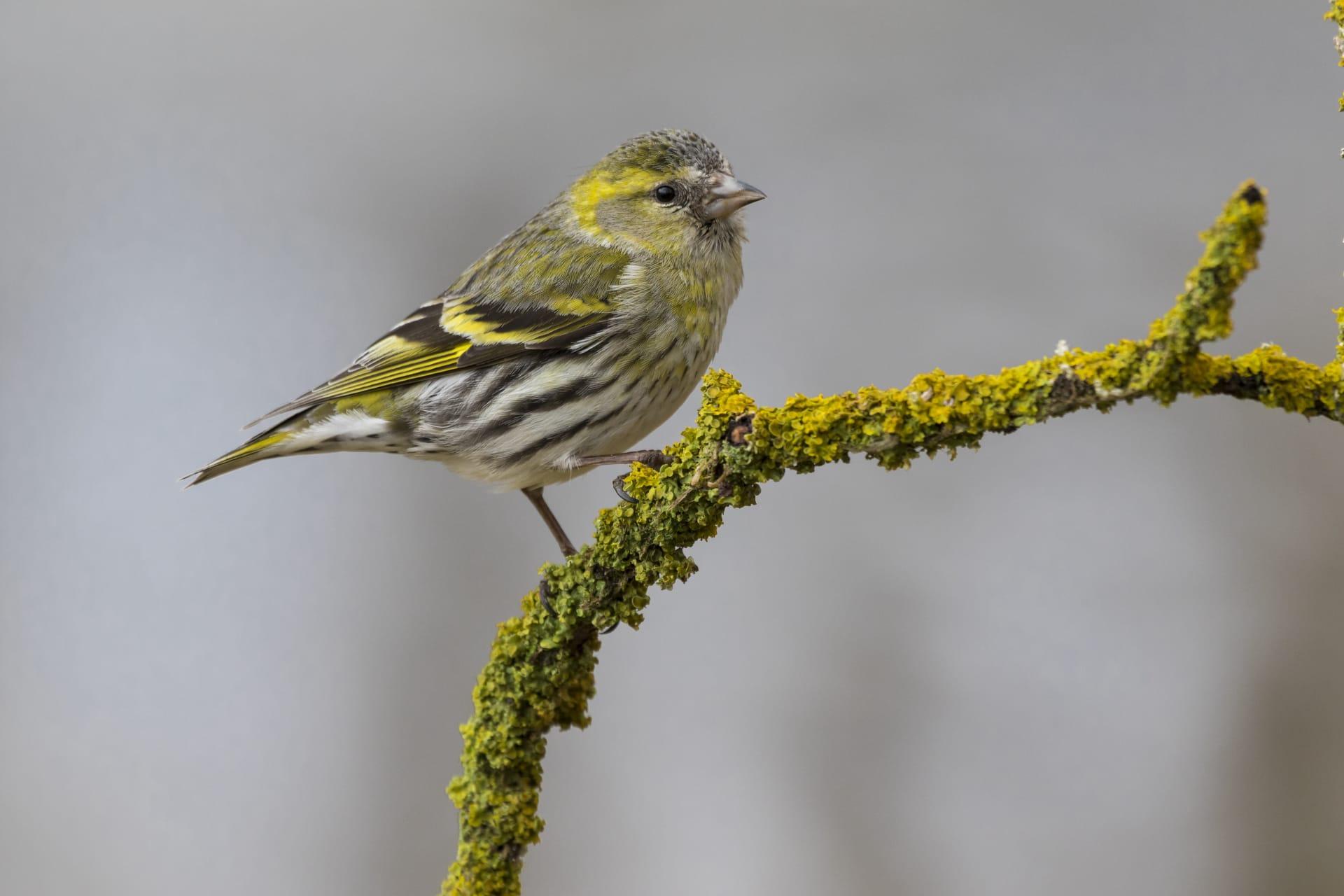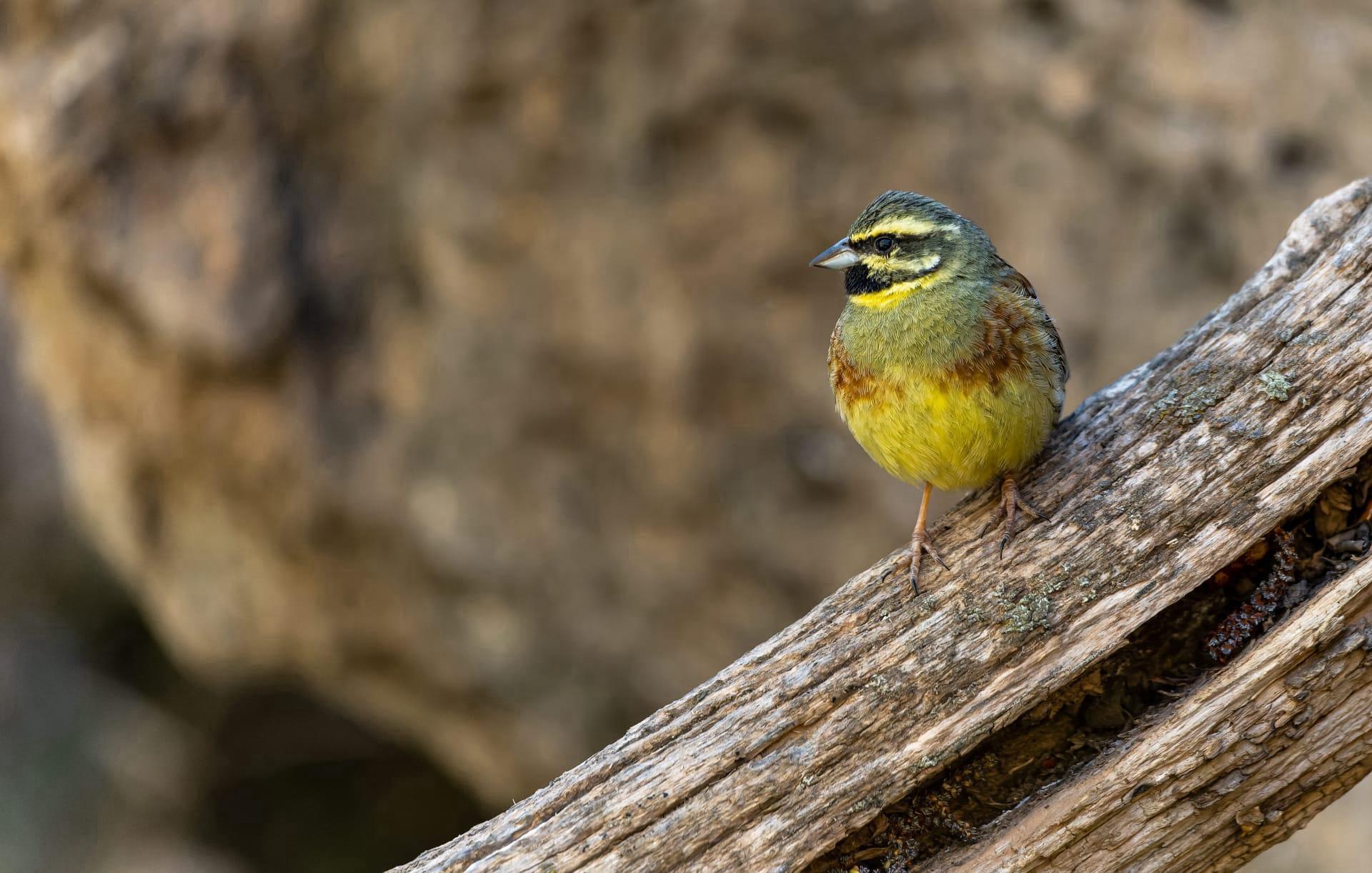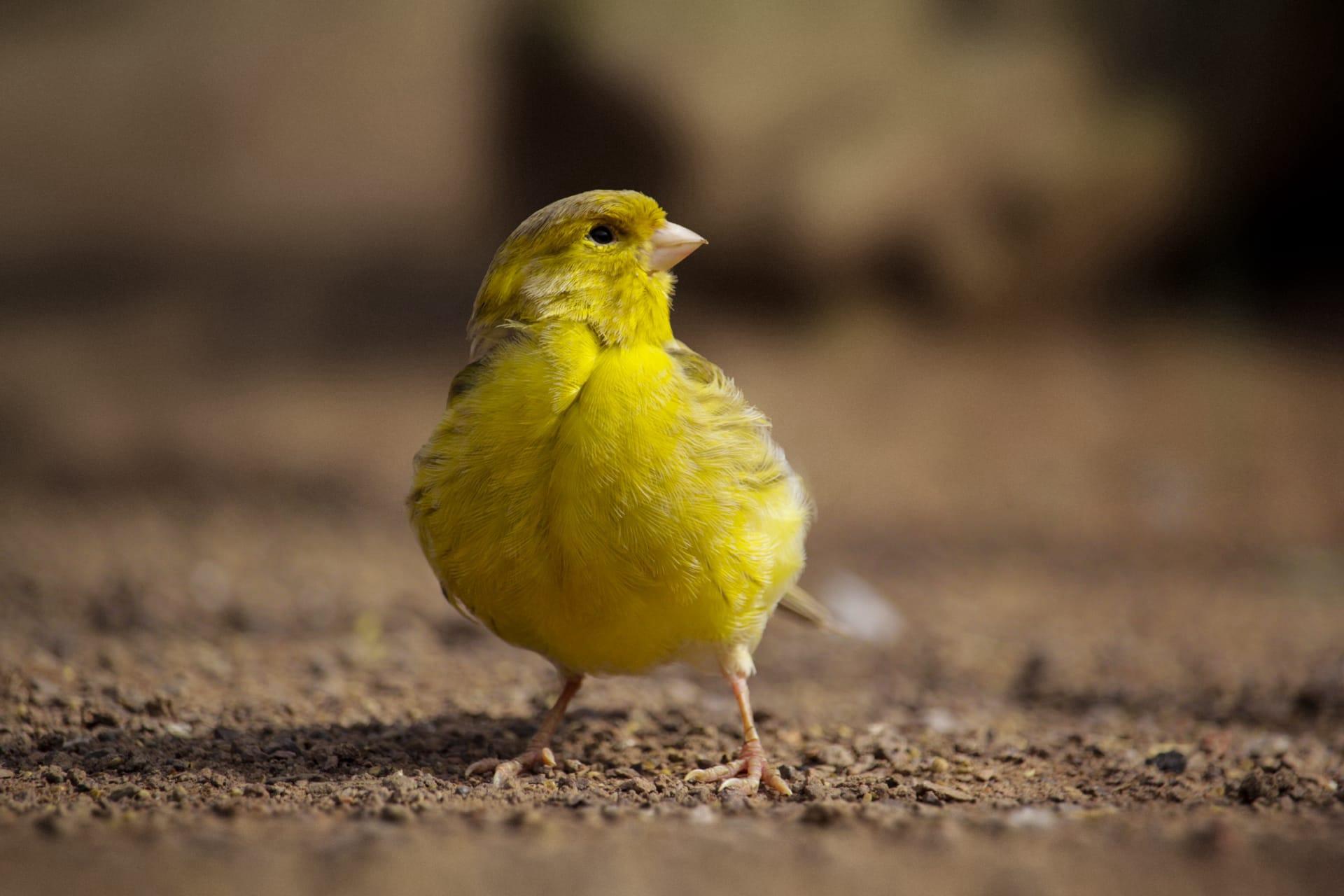Yellowhammer
- Home /
- Mini Encyclopedia /
- Animal /
- Yellowhammer
1
The Yellowhammer, scientifically known as Emberiza citrinella, belongs to the family Emberizidae. This small passerine bird is easily recognized by its bright yellow head, streaked brown back, and chestnut rump. Males typically exhibit more vibrant coloring than females, who display more subdued shades. The species is closely related to other buntings, particularly those within its genus Emberiza.
Geographically, the Yellowhammer is predominantly found across Europe and into western and central Asia. Its range extends from Great Britain and Ireland in the west, across Europe to western Siberia, and southwards to northern Iran. The species is most commonly seen in open countryside, such as farmland and heaths, preferring areas with clear ground for foraging. In winter, Yellowhammers often migrate southwards or to lower altitudes, but many remain in their breeding range if conditions are favorable.

2
Question: Is it true that Yellowhammers drink dew from the grass?
Answer: This is a common misconception. While Yellowhammers, like many birds, require water for survival, they primarily source it from small puddles, streams, or bird baths. They may occasionally consume dew on grass, especially in the early morning, but this is not a primary source of hydration. Their drinking habits are similar to many small birds, who rely on readily available water sources rather than extracting moisture from their surroundings.

3
Yellowhammers employ several strategies to thrive in their habitat. One key survival strategy is their diet, which is predominantly seed-based. During the breeding season, they also consume insects, providing essential protein for the growth of their chicks. This varied diet helps them adapt to changing food availability throughout the year.
Another survival tactic is their nesting behavior. Yellowhammers build their nests on the ground, often hidden in dense vegetation or under a clump of grass. This provides camouflage and protection from predators. They are also known for their distinctive song, which plays a crucial role in territory establishment and mating.

4
In the ecosystem, Yellowhammers play a significant role as seed dispersers and pest controllers. By feeding on a variety of seeds, they help in the dispersal of several plant species, aiding in biodiversity. Their consumption of insects, especially during the breeding season, helps control pest populations.
Additionally, Yellowhammers are an important part of the food chain. They serve as prey for various predators, including birds of prey, foxes, and snakes. Their presence and abundance can indicate the health of their habitat, making them valuable indicators for environmental monitoring.

5
Film: "The Secret Life of the Yellowhammer" (United Kingdom, 2018) explores the life and habits of the Yellowhammer in the British countryside. The documentary highlights the bird's daily activities, breeding behavior, and challenges faced due to habitat changes.
Book: "Wings of Yellow: The Yellowhammer's Tale" (United Kingdom, 2020) by Jonathan Green. This book delves into the biology and ecology of Yellowhammers, offering insights into their behavior, migration patterns, and the impact of agricultural practices on their populations.
Book: "The Bunting Chronicles: A Study of the Yellowhammer" (United States, 2021) by Emily Dawson. Focusing on the Yellowhammer's presence in various ecosystems, this book discusses the species' role in different habitats, their adaptation strategies, and conservation efforts needed to protect this vibrant bird.